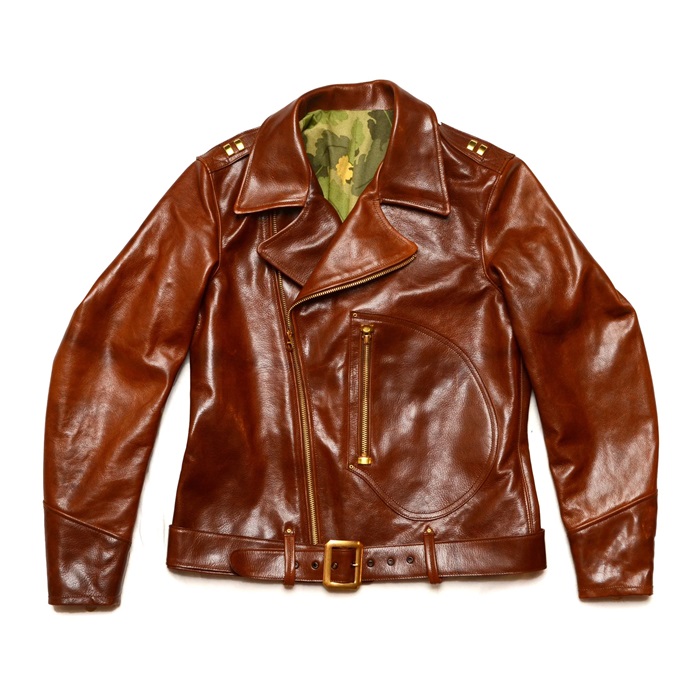dhermann1
I'll Lock Up
- Messages
- 9,154
- Location
- Da Bronx, NY, USA
Yeah, I saw that. Very interesting. But I don't know. My rivets are weak, and I'm still afloat . . .
Yes but when is the last time you bumped an iceberg.dhermann1 said:Yeah, I saw that. Very interesting. But I don't know. My rivets are weak, and I'm still afloat . . .

 Alden 403 Moc Toe Boot - Brown Chromexcel - $680 The classic "Indy" style Alden Boot in the classic Horween brown Chromexcel.
Alden 403 Moc Toe Boot - Brown Chromexcel - $680 The classic "Indy" style Alden Boot in the classic Horween brown Chromexcel.  Grant Stone Diesel Boot Dark Olive Chromexcel - #395 Goodyear welted, Horween Chromexcel, classic good looks.
Grant Stone Diesel Boot Dark Olive Chromexcel - #395 Goodyear welted, Horween Chromexcel, classic good looks.  Himel Bros. - The Ross Mk. 1 Leather Jacket Classic D-pocket motorcycle/aviator style jacket.
Himel Bros. - The Ross Mk. 1 Leather Jacket Classic D-pocket motorcycle/aviator style jacket. To test the theory of weak rivets on the Titanic, Chris Topp, a blacksmith in Yorkshire, England, recreated one of the Titanic's double-riveted hull joints.

Stresses similar to what the Titanic experienced in its collision with the iceberg were applied to the joint, and the top of one of the rivets popped off, at a load only 60 percent of what a good quality rivet should have withstood.

Well, there are at least 1,517 souls who would take issue with you on that.CaddyKid21 said:If you think about it, its almost a good thing The titanic sank
CaddyKid21 said:Surprisingly, if she want head on into the iceberg, she would be fine. If you think about it, its almost a good thing The titanic sank, because she would've been scrapped later. She wouldn't be so famous if it weren't for the sinking.
Im a Titanic dork....
Tomasso said:Well, there are at least 1,517 souls who would take issue with you on that.
Tomasso said:Well, there are at least 1,517 souls who would take issue with you on that.
CaddyKid21 said:The rivets had large amounts of slag (impurities) in then which was one reason, the second was that the temperature of the water made the steel very brittle, so it was a bad combo. So it was the rivets that caused the downfall.
Surprisingly, if she want head on into the iceberg, she would be fine. If you think about it, its almost a good thing The titanic sank, because she would've been scrapped later. She wouldn't be so famous if it weren't for the sinking.
Im a Titanic dork....
MrBern said:Titanic required 3 million rivets.
Scientists found after studying 48 rivets, that many were not of quality.
The quantity of rivets required seems to have led the company down a path of cut corners possibly contributing to the sinking.
Not to mention that they were still using iron rivets, even tho steel rivets are stronger.
http://www.nytimes.com/2008/04/15/science/15titanic.html
I assume you mean 20th century. But there was one much worse. At the end of WW II the liner Wilhelm Gustloff was torpedoed by a Russian sub in the Baltic. It is estimated that between 6,000 and 7,000 people perished. The ship was packed with refugees desperate to escape the advancing Russian forces. For some foolish reason, the captain did not turn off his running lights, and thus made his ship a sitting duck.CaddyKid21 said:Well, i said almost. But yes, the greatest maritime tragedy of the 21st century, all of the 1,517 souls who perish, may they not be forgotten. Same that goes with the 712 who survived.